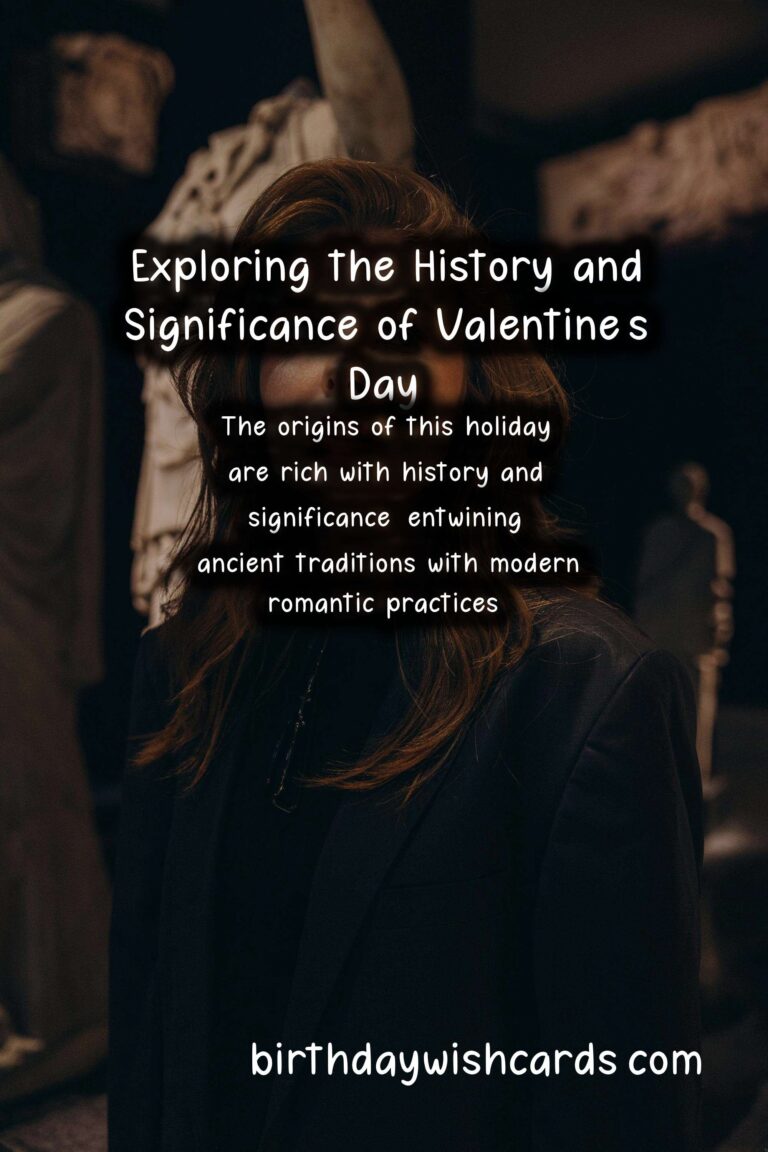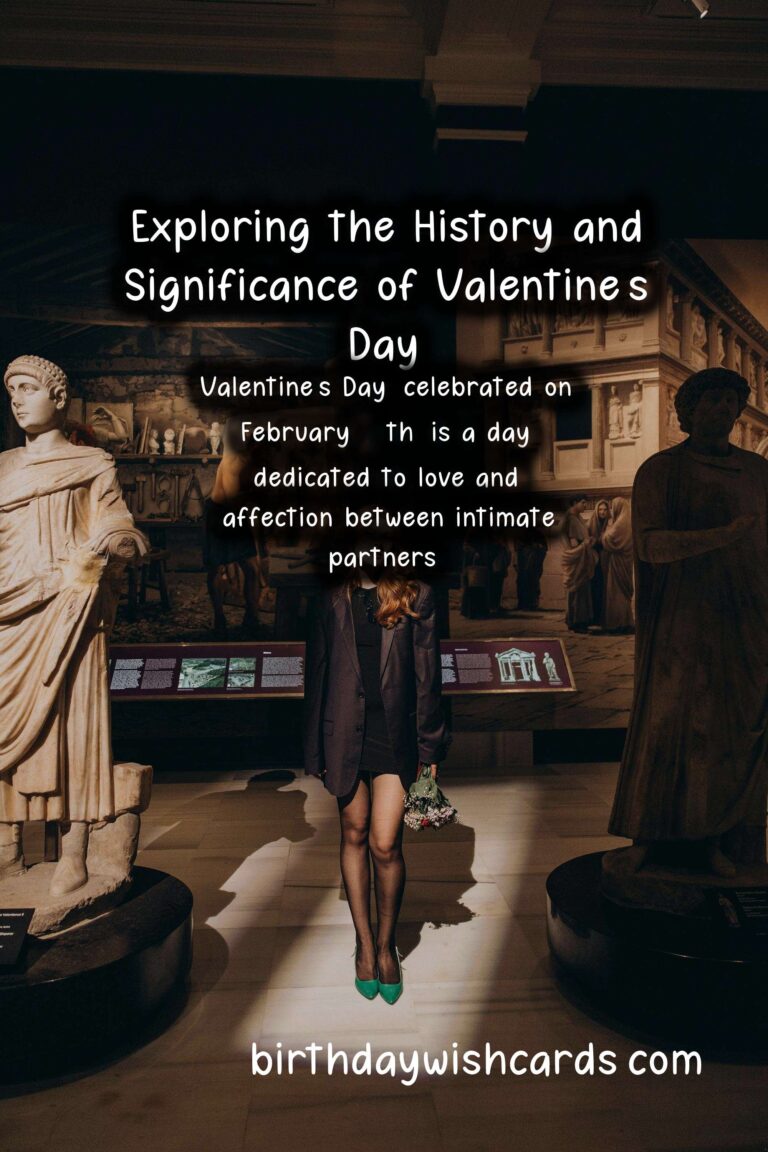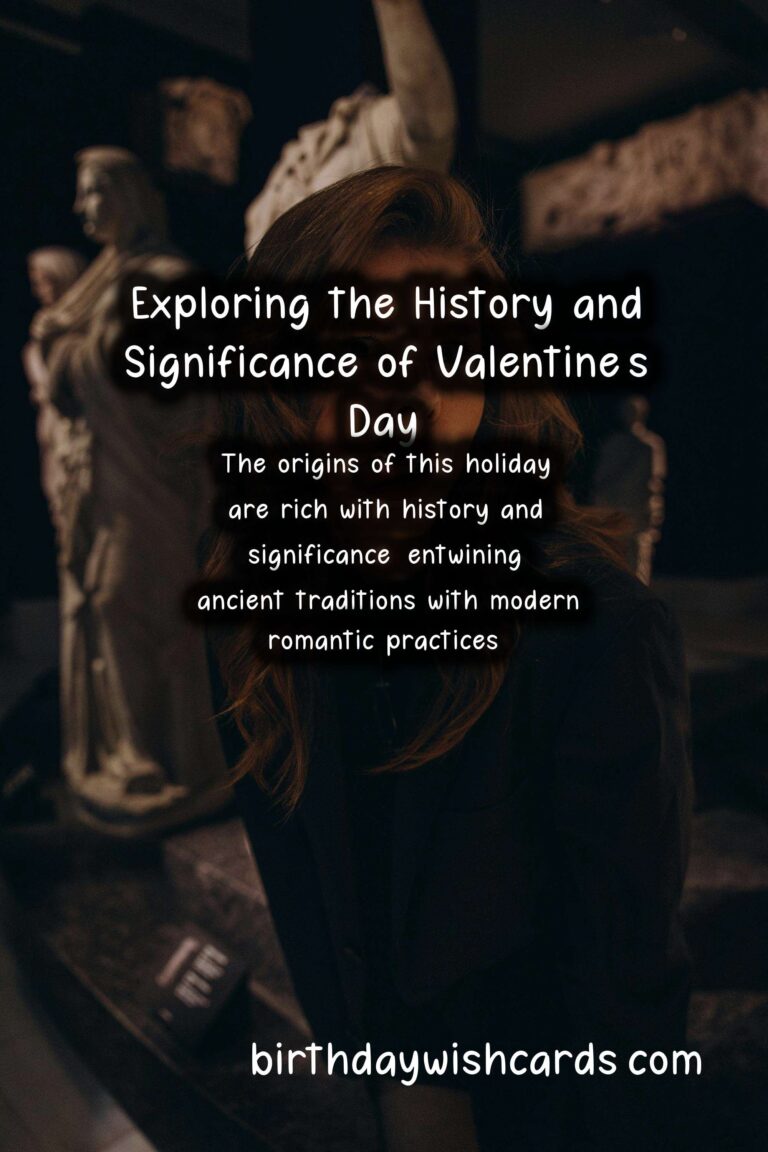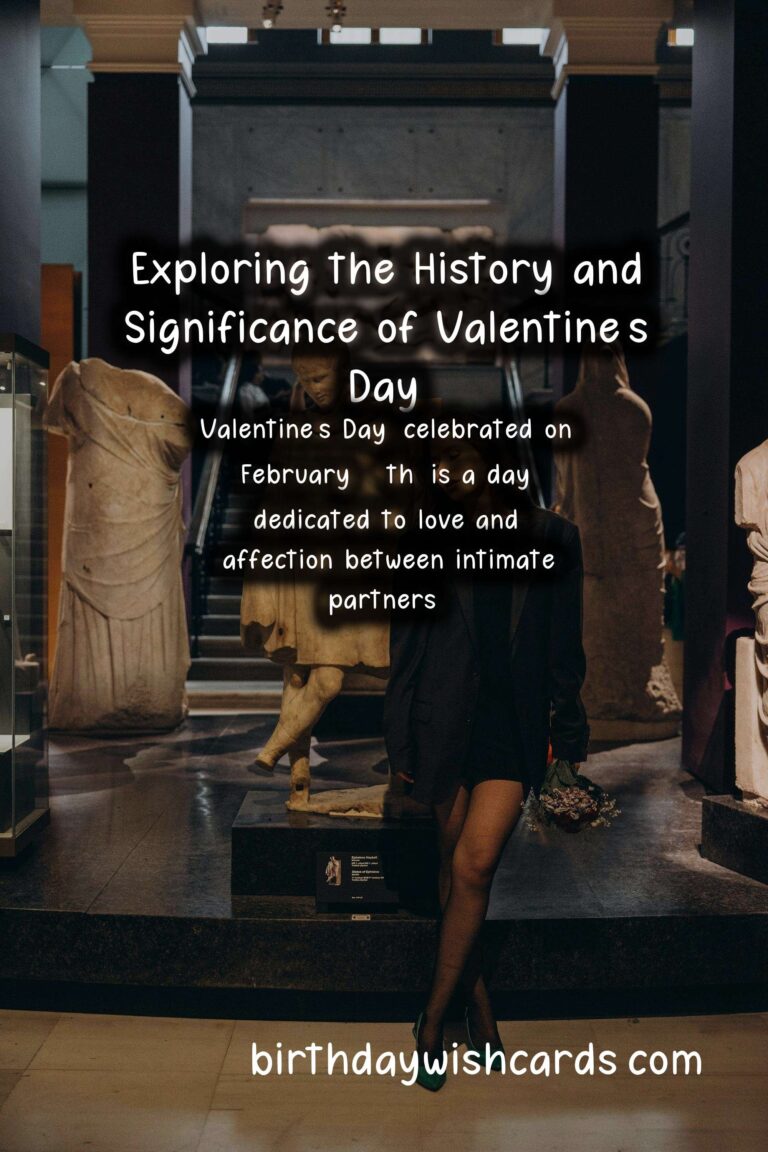
Valentine’s Day, celebrated on February 14th, is a day dedicated to love and affection between intimate partners. The origins of this holiday are rich with history and significance, entwining ancient traditions with modern romantic practices.
Historical Origins
The history of Valentine’s Day dates back to ancient Rome. One of the earliest stories relates to Saint Valentinus, a priest who defied Emperor Claudius II’s orders. The Emperor had forbidden young men to marry, believing single men made better soldiers. Saint Valentinus secretly performed marriages for these couples, showcasing his belief in love and commitment.
Valentinus was eventually caught, imprisoned, and executed. His martyrdom created a legacy that intertwined with both pagan and Christian customs. In the 5th century, Pope Gelasius I declared February 14th as St. Valentine’s Day to honor this valiant priest, but the celebration of love was already rooted in some pagan traditions.
Pagan Influences
Before it became associated with romantic love, February had been celebrated as a month of fertility in ancient Rome during Lupercalia, a festival that honored the god of fertility and shepherds, Lupercus. The festival involved rituals that celebrated love, including matchmaking by lottery, where young men drew the names of young women to pair off with for the duration of the festivities.
Over time, as Christianity spread, many of these pagan traditions were incorporated into the celebration of Saint Valentine’s Day, creating a hybrid holiday that celebrated both love and fertility.
Middle Ages and the Evolution of Romance
By the Middle Ages, Valentine’s Day had transformed from a religious observance into a day celebrating courtly love. The practice of sending love notes and poems began to gain traction, especially in England and France. It was believed that birds began to pair up around this time, which provided a fitting backdrop for expressions of love.
The first recorded Valentine’s note was sent by the Duke of Orleans in 1415 to his wife while he was imprisoned in the Tower of London. It was a sentimental message that paved the way for the romantic traditions we recognize today.
Modern Celebrations
Today’s Valentine’s Day is marked by romantic gestures, including the gifting of cards, flowers, and chocolates. The custom of exchanging cards became especially popular in the 19th century, with the introduction of mass-produced Valentine’s cards that made it easier for individuals to express their feelings.
In the United States, Valentine’s Day transformed in the 20th century into a well-marketed occasion, catalyzed by the flower and chocolate industries, which now long to cash in on symbolisms of love and romance. The holiday has become commercialized, with sales reaching billions of dollars annually.
Global Observances
Valentine’s Day is celebrated around the world, with different cultures adding their unique twists to the traditions. In Japan, women give chocolates to men, and a month later, men reciprocate with gifts on White Day. In South Korea, an entire month is dedicated to love, with various themed days to celebrate. Each culture adds its flair, showcasing the universal nature of love and its celebration.
The Impact of Valentine’s Day on Society
The significance of Valentine’s Day extends beyond romantic love. It serves as a reminder of the value of love in all its forms—familial, platonic, and romantic. The day encourages individuals to express their affection, to appreciate the relationships in their lives, and to foster connections.
Despite the criticisms of commercialization, many people view Valentine’s Day as an opportunity to reflect on their relationships, often leading to meaningful conversations and deeper connections.
Conclusion
Valentine’s Day, with its blend of history, culture, and modern celebration, stands as a testament to the enduring nature of love. It demonstrates how customs can evolve, drawing from both ancient rituals and contemporary practices. Whether through heartfelt gestures or extravagant gifts, the fundamental principle remains—cherishing the bond of love.
Valentine’s Day, celebrated on February 14th, is a day dedicated to love and affection between intimate partners. The origins of this holiday are rich with history and significance, entwining ancient traditions with modern romantic practices. 













